A country covered in road signs you can’t read, inhabited by people speaking a language you don’t understand may not seem like the ideal spot to wing it on a bike tour.
No, Japan is ordinarily a place cyclists travel to armed to the hilt with information. Some Über-cyclists might spend weeks hunched over a computer meticulously planning their route. Others will splash out on some fancy translation tools, pack a smart phone and load up the GPS with navigation info. At a minimum, any sensible cyclist would surely, SURELY cram a bilingual map into his panniers.
No right-minded individual would attempt to navigate via compass all the way to Tokyo. Yes, COMPASS. No, clearly that’s NOT a sensible approach.
Unfortunately, that’s exactly the plan my dear husband conjured up. His back-up strategy consisted of dashing into7-11’s and consulting the Japanese language only road maps.
Hmn, that looks like the sign for Shizuoka, yeah that’s it…a lot of squiggly lines and then a y shape in a box. OK, we’re on track , don’t worry. We need to be going north east and according to the compass we’re headed the right way. I think route 82 will get us over these mountains and then I’m sure it’s a clear shot to the coast. Trust me, we’re gonna get to Tokyo tomorrow.
It’s a recipe for disaster, right?
Well, yes. I can’t deny a few near meltdowns mid-tunnel as traffic roared past and we squeezed through on the narrow pedestrian walkway.
I’m certain we did a few extra loops and ended up in the exact spot we started. But all in all the compass strategy lead to some fabulous scenery, memorable encounters and amazing camping spots.
After receiving a package in Tokyo, we’re all mapped up and ready to roll toward Hokkaido. We may even manage to decipher the complexities of navigating via GPS. Following our trusty compass was an adventurous way to track down Tokyo, but that kind of experience is best lived just once.
Jam-packed Tokyo comes as something of a shock. We’re indulging in ex-pat luxury (thanks to a former work colleague in Germany) near Shibuya crossing in the heart of the city.
Tomorrow it will be back to the road and the life we’ve grown accustomed to.
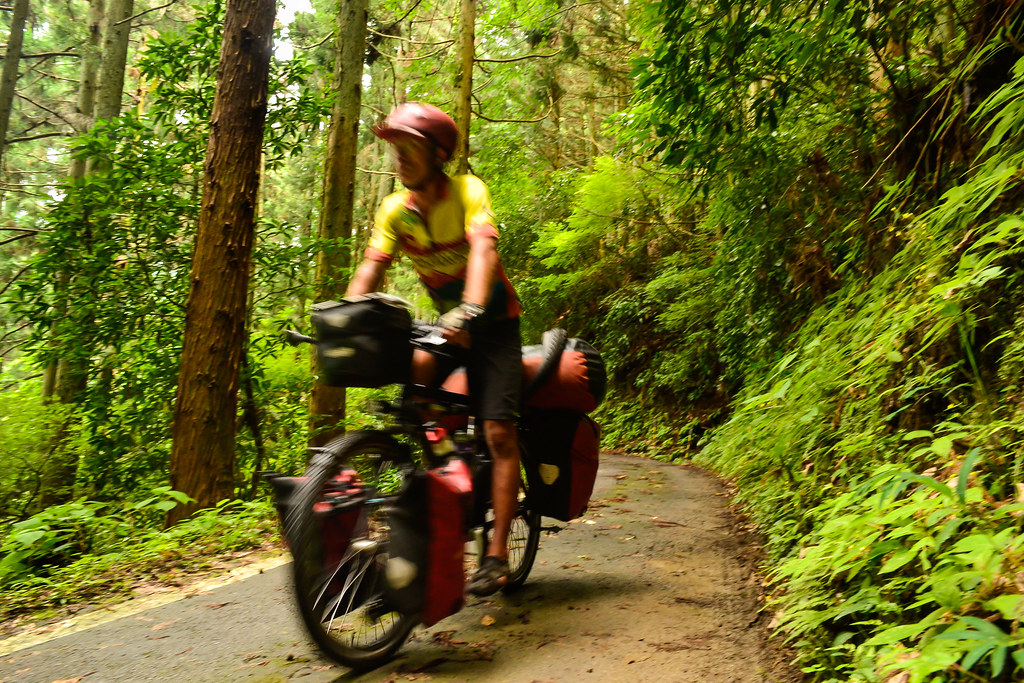

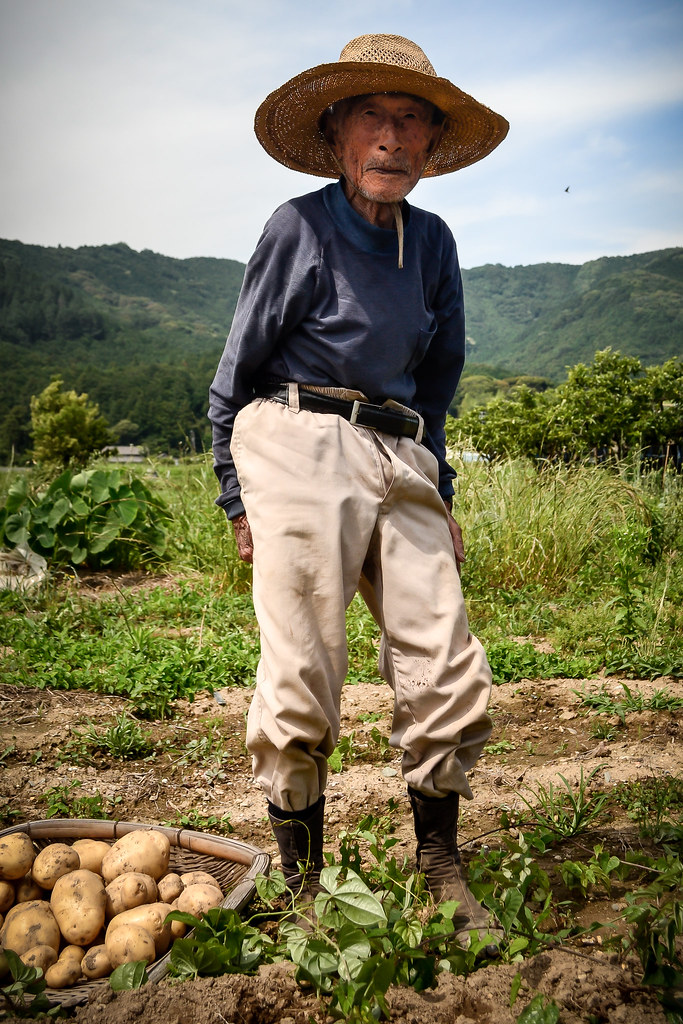
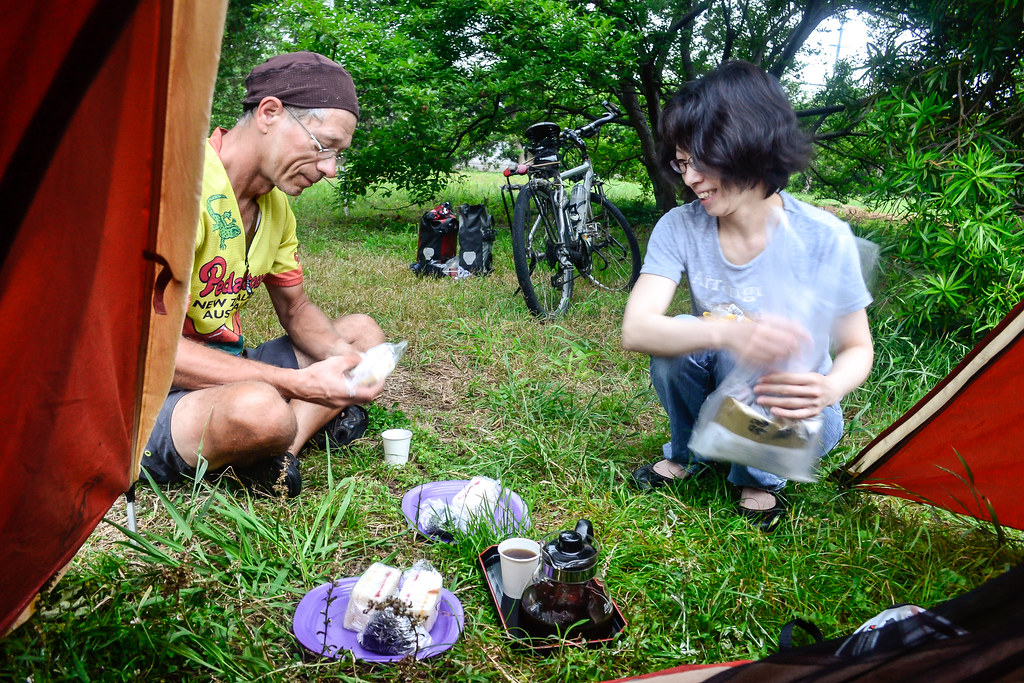
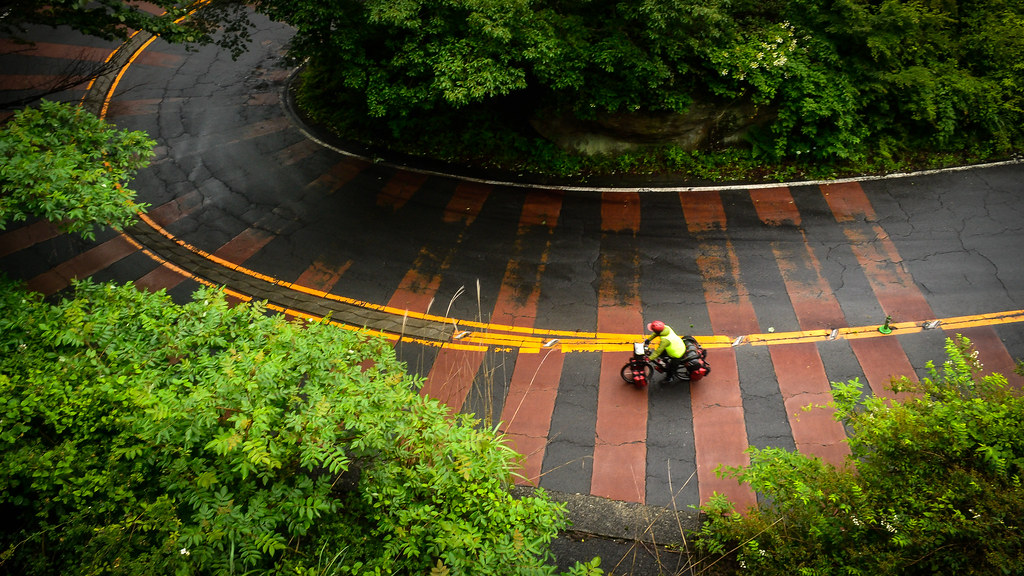

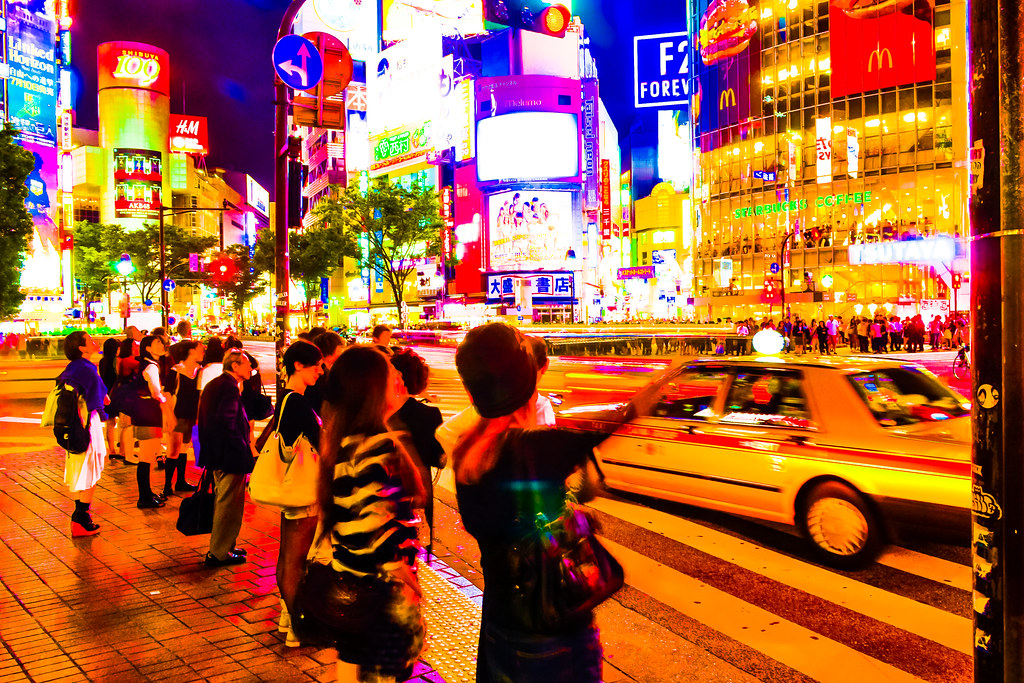



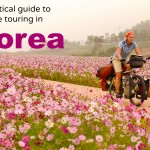
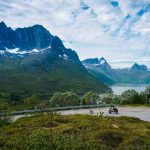
Pretty danged cool.
Haha! I biked with my partner in Japan for a month about 10 years ago — Tokyo to Nara via Kanizawa (near Komatsu), in other words not a direct route at all. I found a compass absolutely essential, and the most lost we got was on a day that we did a day trip and left the compass with other gear at our host’s house. It was raining — no sun at all — and we went a long ways in the opposite direction before figuring out our mistake! Hope the riding improves for you there. I loved it.
Ha ha! Nice one guys – a compass sounds like a much less time consuming way of navigating than using Google Earth. In the planning stage anyway…
Have fun up on Hokkaido!
Neil
We cycled around the world by Tandem from May of “86 to November of ’89 and spent 4-5 months cycling Japan and it was great cycling. We bought a great map atlas in Tokyo. It was a great, detailed atlas, and only in Japanese, probably the most detailed maps we had used on the trip. Of course there was no internet, GPS or other means of navigating, except of course by compass! For four months we could point to where we were on the map but could not say where we were! In most parts of the world, especially in developing countries most, or many of the travelers are foreign visitors and the default 2nd language is English. In Japan, by contract, most travelers are Japanese and the 2nd language of English is not an option. This is at least the way it was in the ’80s in remote parts of Japan. Even though, we were invited in to many homes, even when there was not language connection and these were very memorable experiences.
Steve and Jan, Newburyport.